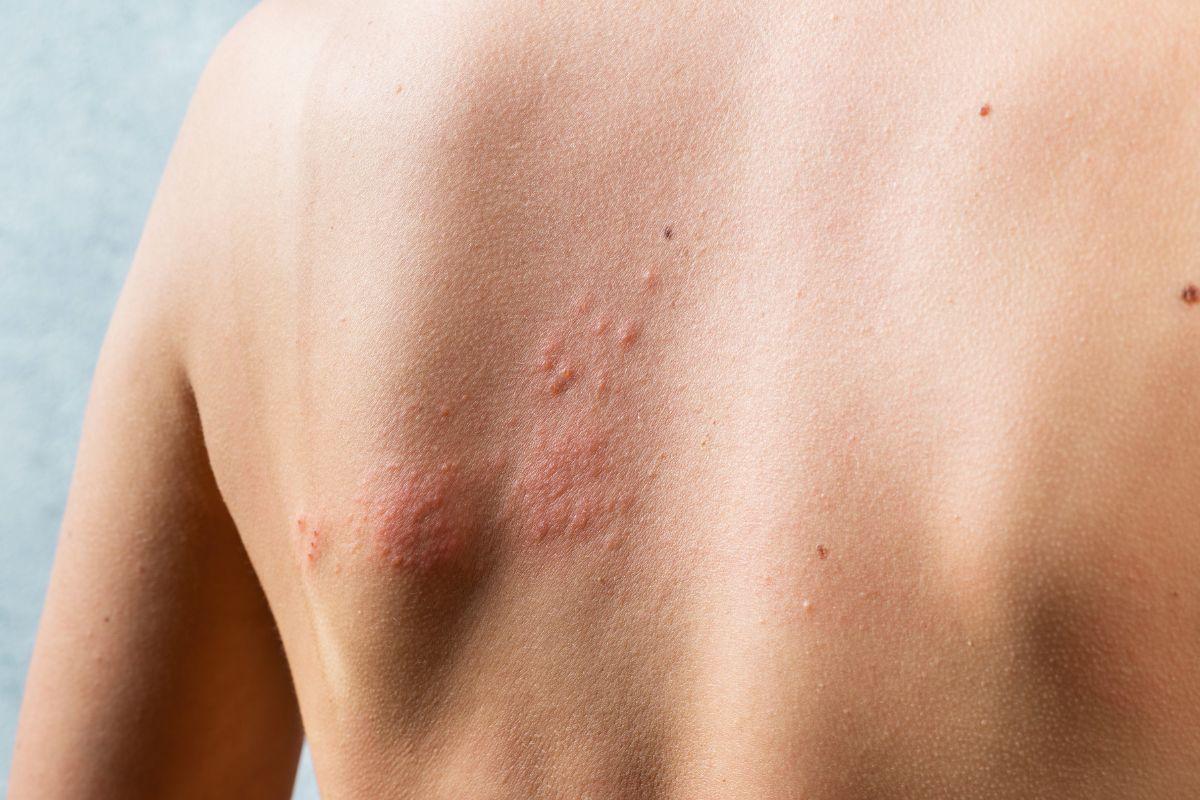Written by Mr Greg Williams for Doctify
Hair transplantation involves harvesting donor hair and implanting it into thinning, balding or scarred areas. Two techniques are commonly used to harvest the donor hair: Follicular Unit Extraction (FUE) and Strip Follicular Unit Transplant (Strip FUT). Both have been around since the 1930s and whilst each has advantages and disadvantages, the FUE technique has had greater advances in terms of sophistication.
How hair transplants work
Hair transplantation is built around the theory of donor dominance: hairs taken from the ‘safe zone’ at the back and sides of the head will grow when transferred to a recipient site. They continue to grow for as long as they would have done if they had been left where they originally were in the donor region. Those hairs outside the ‘safe zone’ are under the influence of dihydrotestosterone (DHT), which cause miniaturisation, and eventually complete loss, of hairs.
Follicular Unit Extraction (FUE) technique
In the FUE technique, follicular units (FUs), which are naturally occurring groups of one, two, three or four hairs, are harvested with a punch tool. Historically this punch has been hand held and rotated between the fingers, first incising the skin surface, then penetrating through the deeper skin layers. This severs the lateral attachments of the FUs, before they are extracted with forceps.
Over the last decade this method has gained popularity and a variety of mechanised tools have become available. Rotating or oscillating drills have increased the speed of harvesting, however there remains an on-going debate about the relative pros and cons of sharp versus dull punches. Suction assisted devices mean that the additional step of extracting FUs by hand can be avoided as the grafts are automatically harvested in a tubing system and collected ready for sorting. Recently, the advent of robotic technology has progressed from using robotics to make FUE incisions, to also being able to make recipient site incisions. Software will soon enable the Artas robot to insert grafts.
The main advantage of the FUE technique is the absence of any linear scarring and less post-operative pain with a faster recovery time. However, there are usually fewer numbers of donor hairs available by this method. Some argue that the quality of the grafts is not as good as the in the Strip FUT method and that this might have a negative impact on transplanted hair growth.

Strip Follicular Unit Transplant technique
In contrast, the more traditional Strip FUT method involves cutting an ellipse of skin from the back and/or sides of the head. This leaves a linear scar, but the maximum numbers of good quality hairs can be harvested and repeated procedures do not generally increase the amount of donor scarring, in contrast to the FUE method. After harvesting, the FUs are then dissected under direct magnified vision. This minimises damaging the follicles by what’s known as ‘transection’ – which can be a significant problem with the ‘blind’ harvesting involved in FUE. More refined methods of removing the ellipse of skin have even further reduced follicle damage. Newer methods of wound closure such as the tricophytic double breasted closure have helped to improve donor scar appearance as, by encouraging hair to grow through the scar, it can be effectively camouflaged.
What makes a successful hair transplant?
Regardless of the donor harvesting method, the aesthetic result of a hair transplant is dependent on the skill and artistry of the recipient design as well as the planning and management of future hair loss. The depth, direction, angle, geometry and density of the recipient sites will all impact on the cosmetic appearance of the new hair but it is the handling and care of the transplanted grafts that will determine their survival.
There are effective topical and oral, systemic medications approved for hair loss, as well as-non pharmacological treatments such as Low Level Light Therapy (LLLT). Cosmetic camouflage products can give the illusion of thicker hear and novel treatments such as Platelet Rich Plasma (PRP), as yet unproven, might become a mainstay of treatment in the future. Stem cell therapy remains a holy grail but with an increased understanding of the hormonal messages that cause hair loss as well as the growth factors that can stimulate hair growth, this too might become a reality in the future.
Nothing can replace the opinion and recommendation of an experienced and ethical hair transplant surgeon. Anyone considering a hair transplant procedure should do their homework carefully and not be drawn in by attractive marketing websites that don’t list the biographies of the doctor, or by cut-rate prices and discounts. A modern hair transplant can transform an individual’s appearance and transplanted hairs should be difficult to differentiate from naturally occurring ones. However, a bad hair transplant can be aesthetically crippling and have a much greater negative psychological impact than the hair loss itself. Most people who are losing their hair will be suitable for some form of hair restoration and the surgery is neither technically demanding for the surgeon, nor difficult to tolerate for the patient. Choosing the right time to have a hair transplant and the correct design to maintain a lifelong natural appearance is the hard part!




